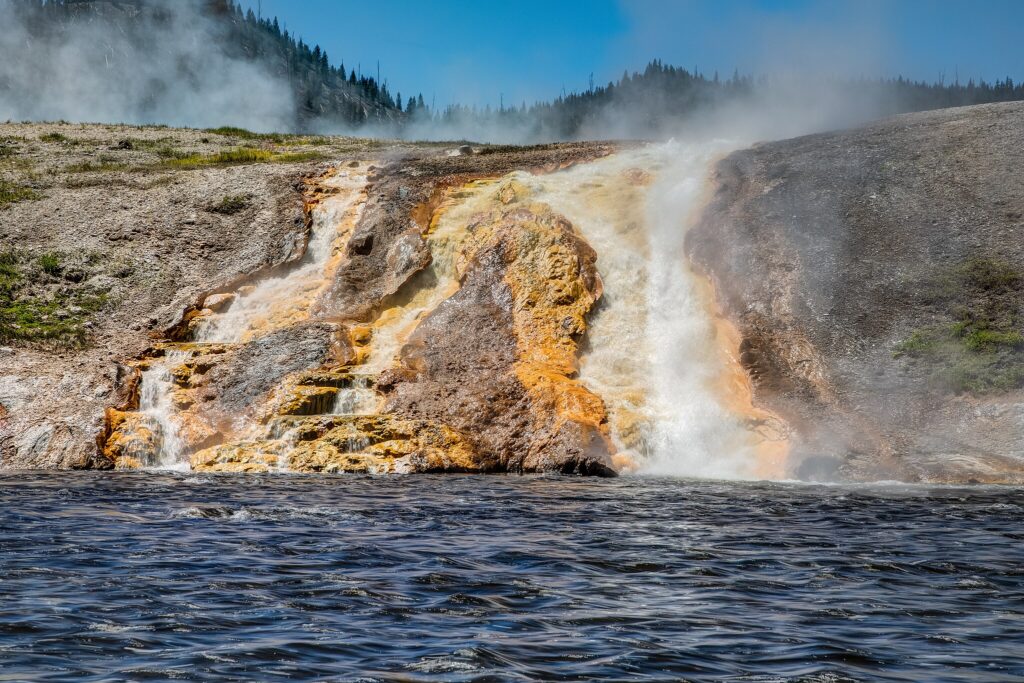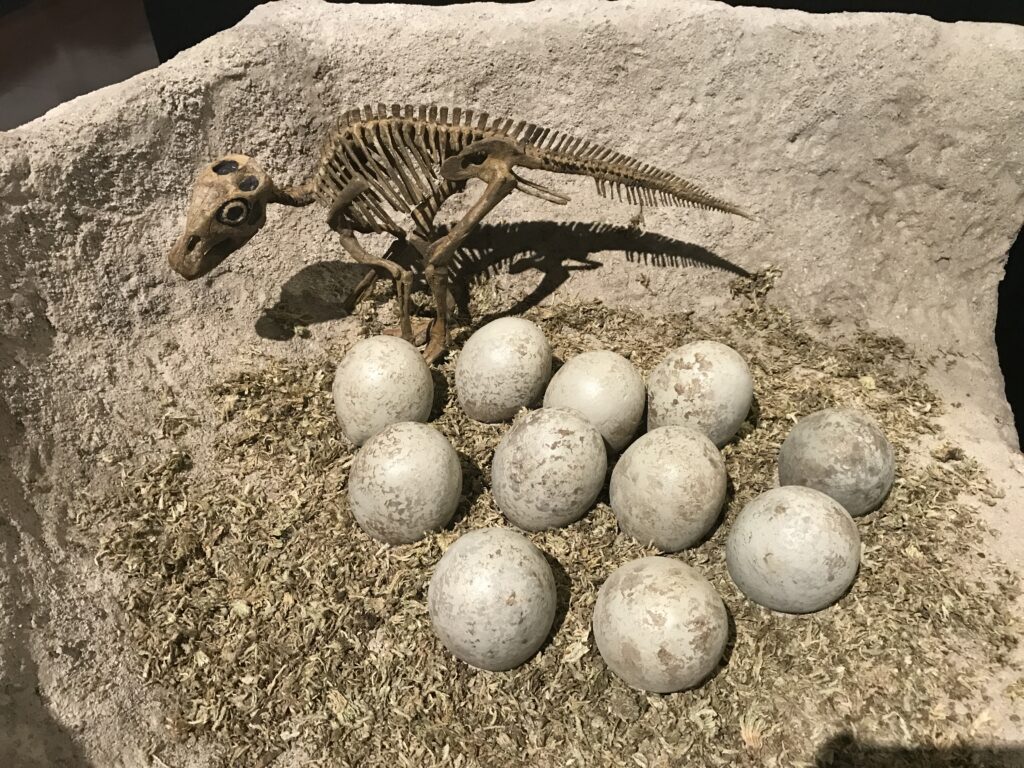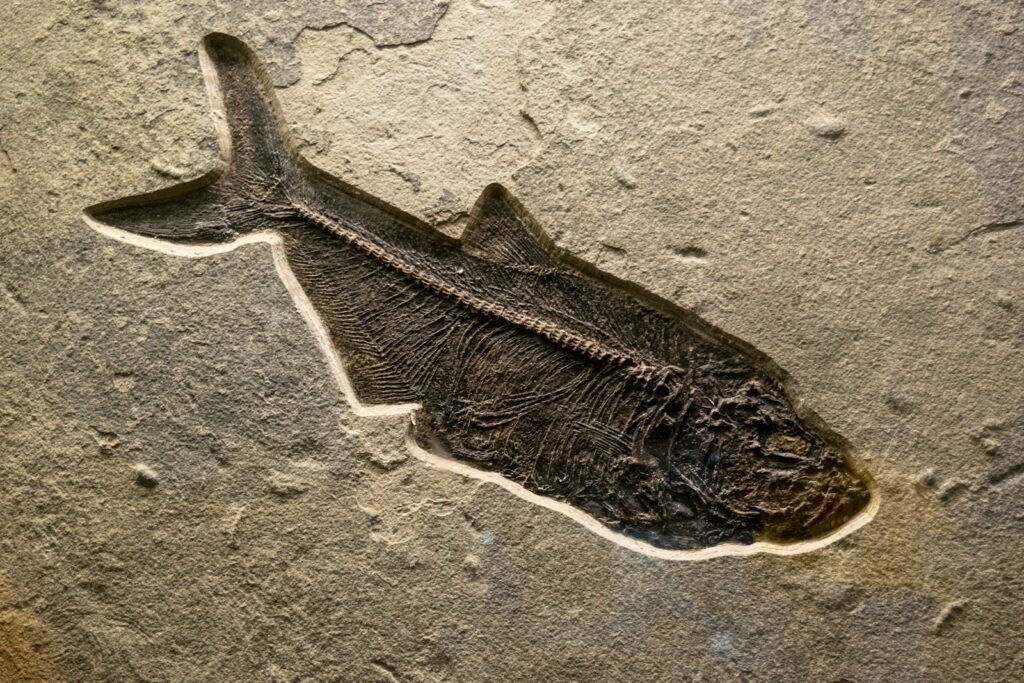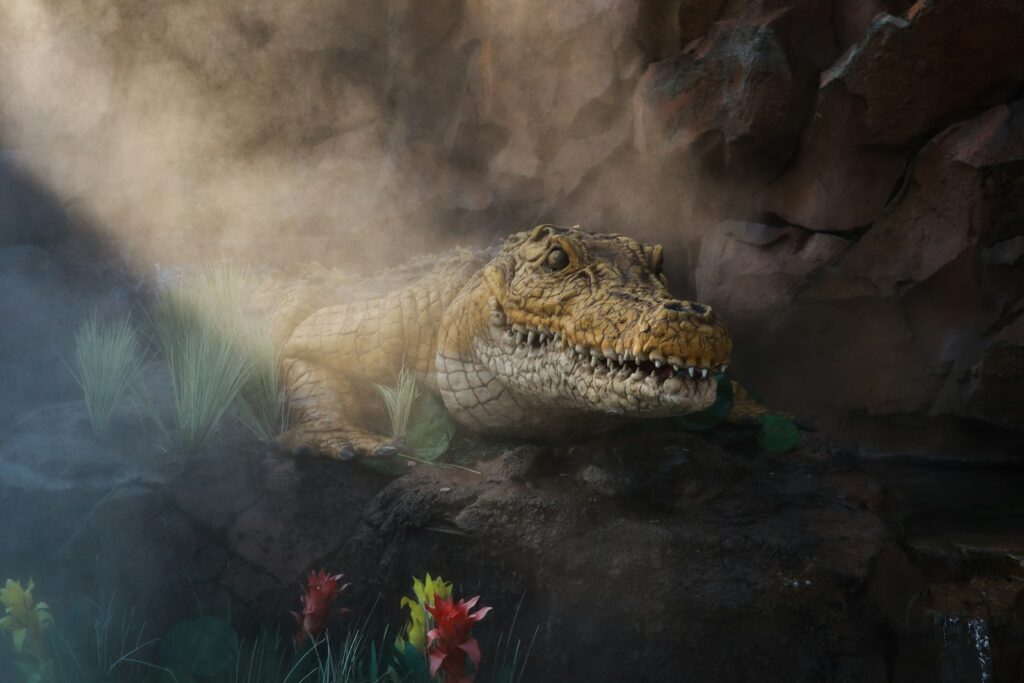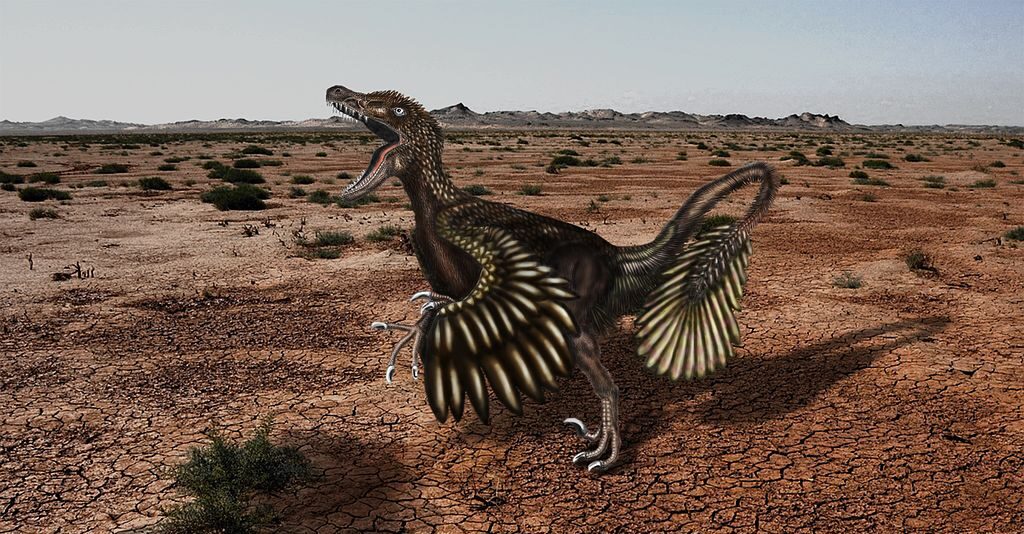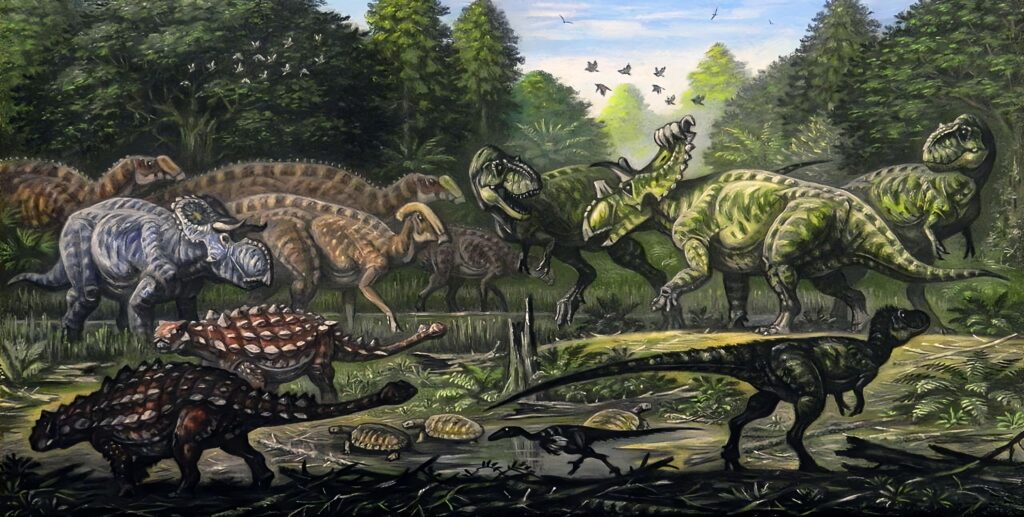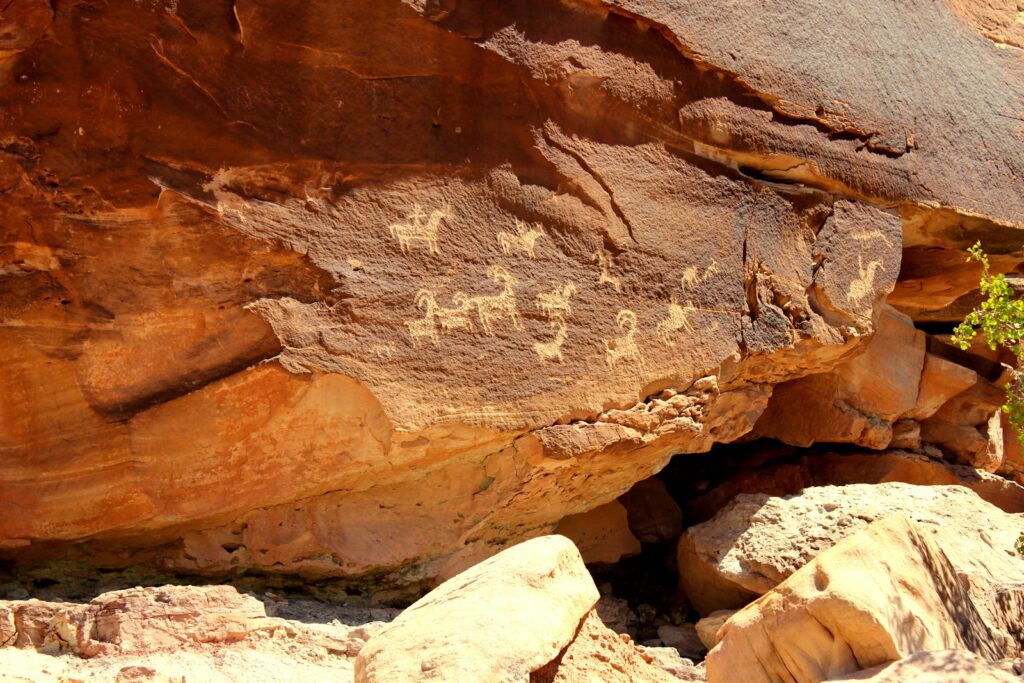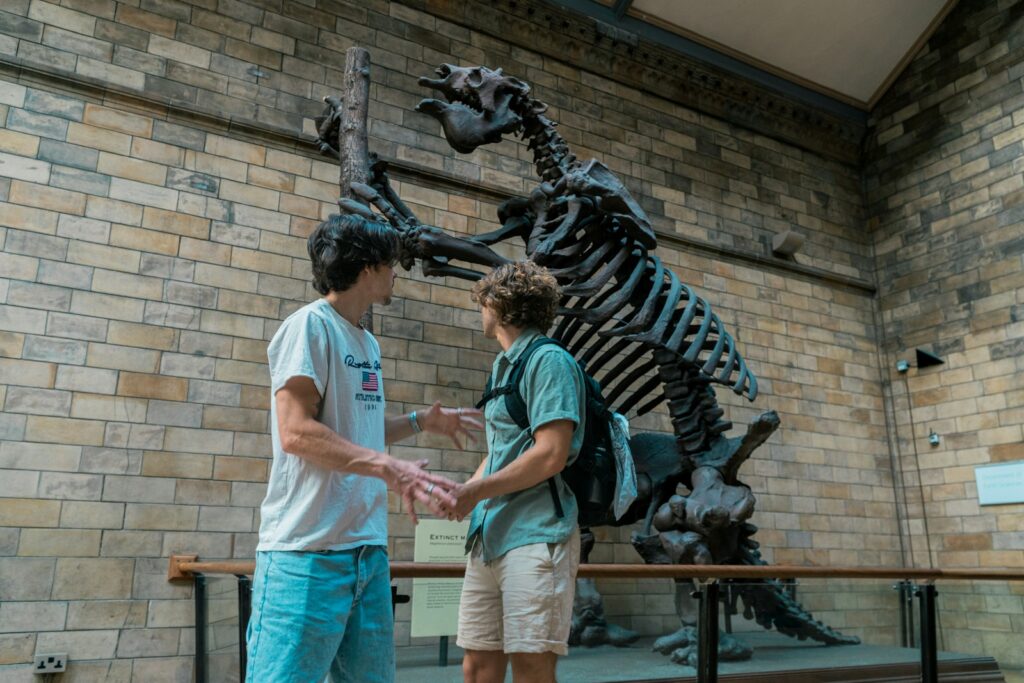Did Any Dinosaurs Die in Rivers and Fossilize There?
Dinosaurs captivate our imagination not just through their incredible diversity and size, but also through the remarkable ways their remains have been preserved for millions of years. Among the various environments where dinosaur fossils have been discovered, rivers represent particularly fascinating preservation settings. These ancient waterways served as both habitats and final resting places for ...

